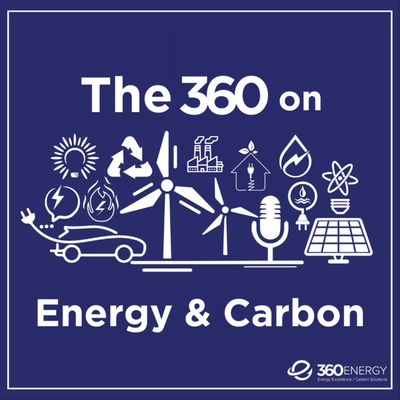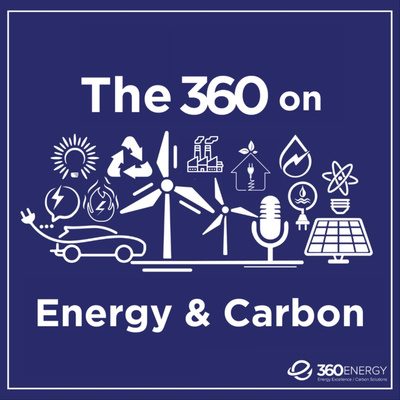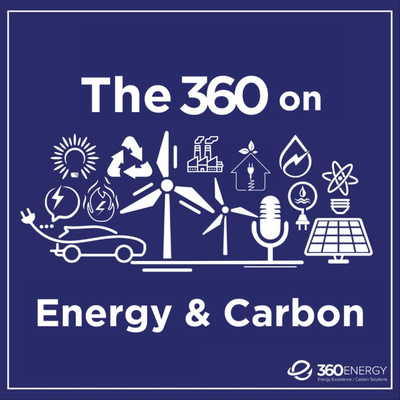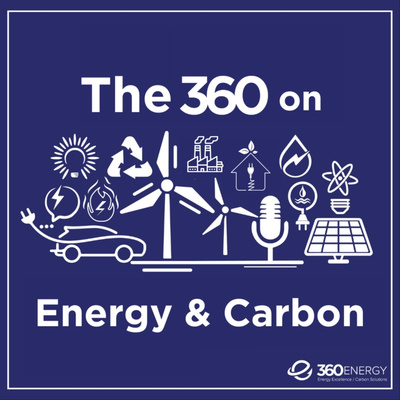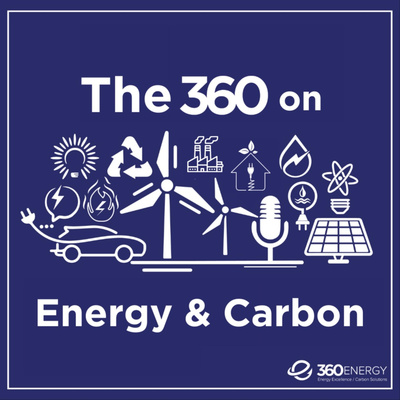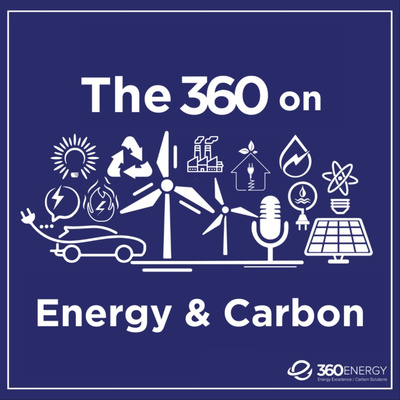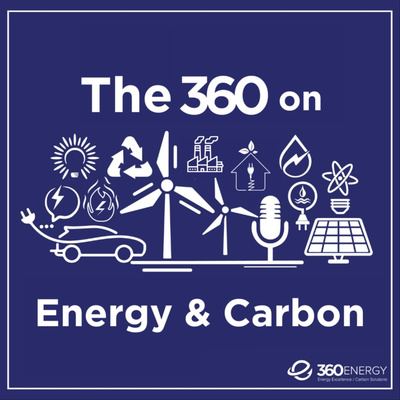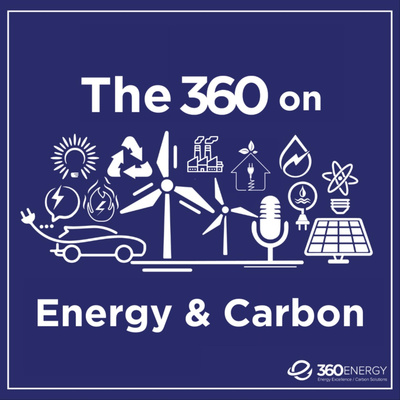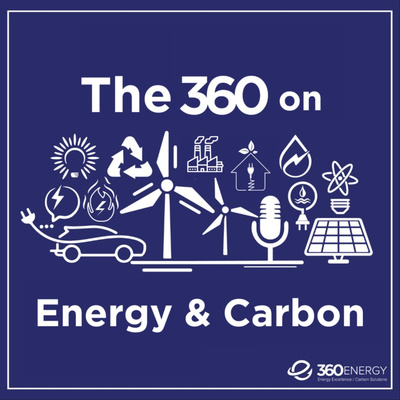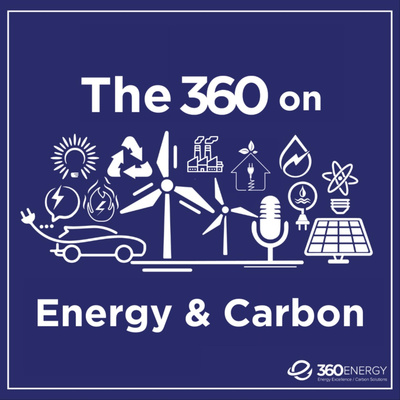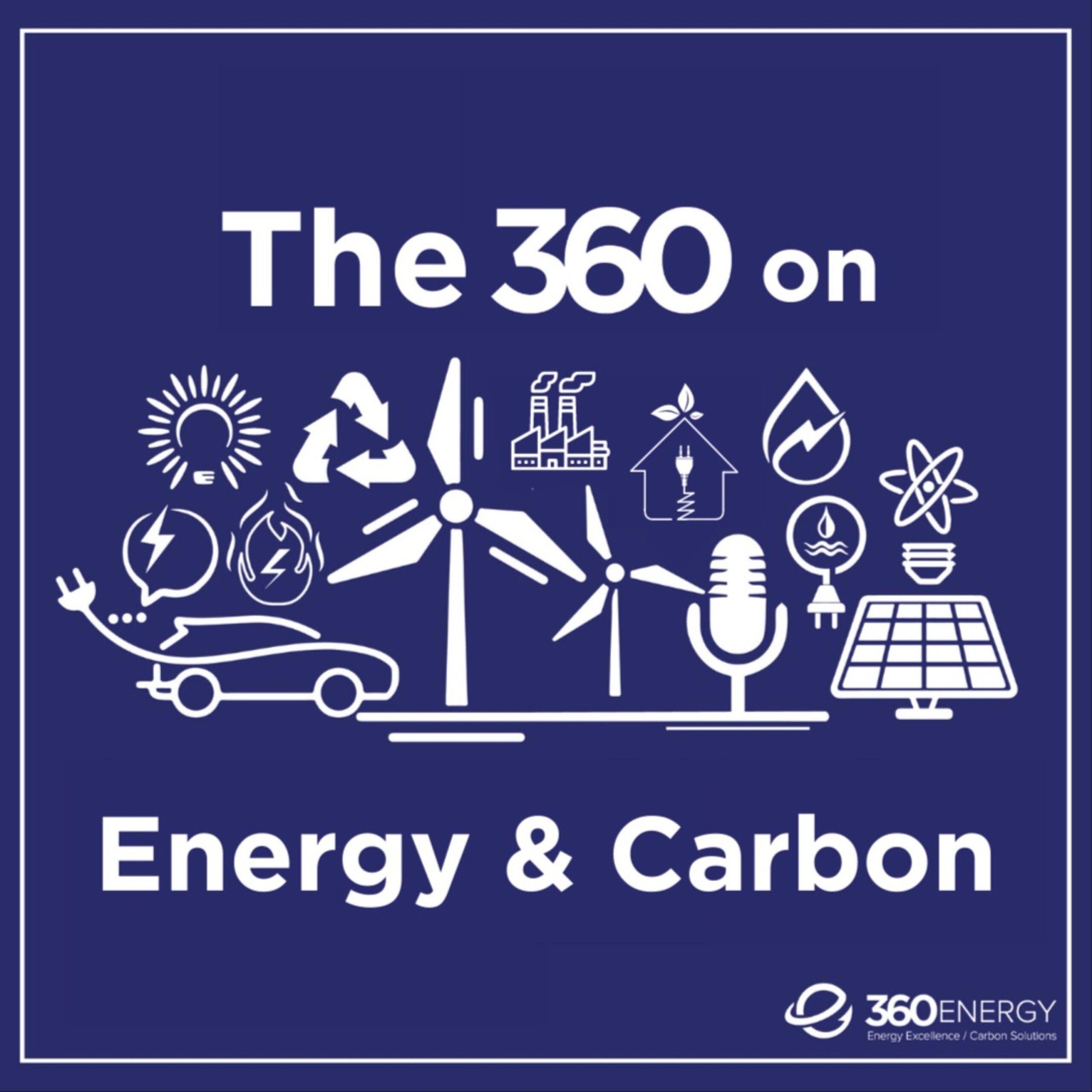
Capturing carbon emissions and permanently storing them underground is gaining recognition as a critical strategy for meeting global energy goals. As a result, fossil fuel producers, industrial energy consumers and governments are pursuing carbon capture utilization and storage (CCUS) as an essential tool for reducing CO2 emissions.
CO2 is emitted as a by-product of burning fossil fuels – like coal, diesel or methane gas. CO2 is also emitted when biomass – like wood pellets or forests – are burned. CO2 in the atmosphere acts like a blanket, preventing the earth from radiating its heat into space. To reduce the risks of climate warming, CO2 emissions must drop and eventually stop.
Technologies to capture CO2 broadly fall into three categories:
- Direct air capture (DAC). Air is blown over a chemical solvent or sorbent that “grabs” the CO2 and isolates it for use or storage;
- Point source capture (PSC). Similarly, it separates CO2 emissions from process or exhaust gas typically found in power generation, chemical, manufacturing or industrial plants;
- Nature-based solutions (NBS). The aim is to make forests, agriculture, and oceans more productive. Planting trees, restoring coastal ecosystems and adopting sustainable land-use practices increase the amount of carbon stored in forests, wetlands, and soils.
Some carbon capture technologies are fully commercial today. In addition, innovation is continually driving cost-effective improvements into the marketplace.
Captured CO2 can be utilized as a feedstock or as an input. CO2 enhances greenhouse crop production, for example. However, most current efforts are directed at storing CO2 underground, using the same formations from which oil and gas are extracted. An overlying layer of impermeable rock prevents CO2 from escaping to the surface and into the air.
Combining CCUS technologies could potentially meet the tough challenge of mopping up past carbon emissions. For example, trees convert carbon into wood. Burning wood for useful energy, then capturing and storing the resulting CO2 emissions, would effectively remove atmospheric carbon. There are high expectations for CCUS because it is one of the few solutions potentially able to achieve this outcome.
Almost two-thirds of global electricity generation is powered by coal and gas. Electrifying transportation and heating applications will only increase climate risks unless the electricity sector simultaneously eliminates its carbon emissions. The sheer scale of the challenge is so large that renewable energy sources like wind and solar cannot be expected to expand fast enough. For utilities to deliver desired climate outcomes, they will need CCUS at the fossil fuel-powered plants they continue to operate.
There has been dramatic growth in non-carbon emitting renewable energy sources. However, it is difficult for such sources to supply all the specialized and intensive energy services heavy industry requires. CCUS may offer existing and new steel, chemical and cement producers a practical, cost-effective means to achieve near-zero carbon emissions.
The world is struggling to eliminate CO2 emissions fast enough to minimize global climate risks. Expect CCUS solutions to play an increasingly prominent role in bridging this gap.
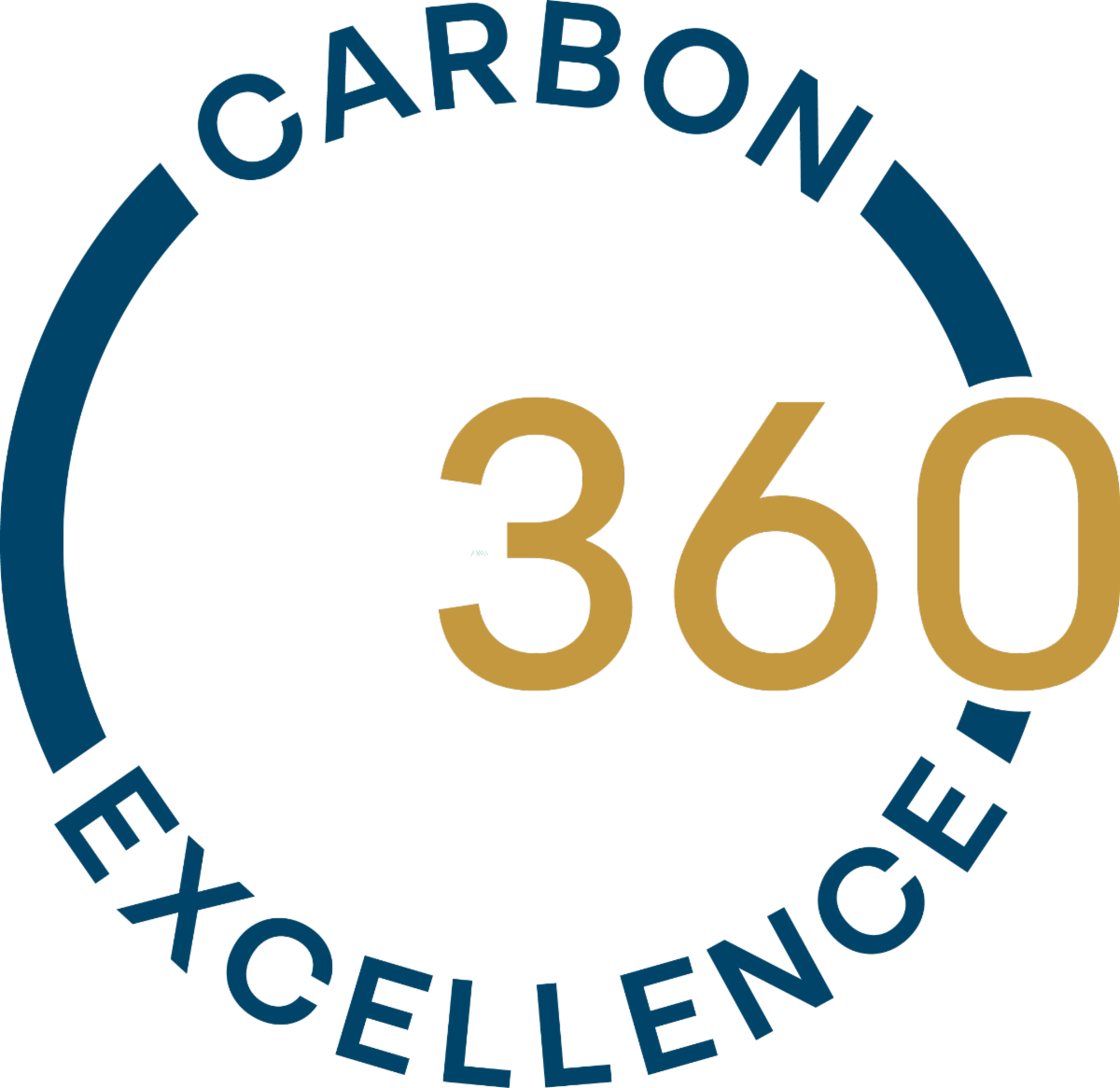 Introducing The 360 Carbon Excellence Program Introducing The 360 Carbon Excellence Program The program was created to simplify the carbon management process and address a knowledge gap within organizations about the risks and opportunities associated with managing carbon. Our experience has taught us that there is often uncertainty as to what and how to implement carbon reduction actions, and many programs are complex and time-consuming to undertake. As a result, the reporting process can be a significant barrier for companies to be able to quickly provide the required information on a timely basis to stakeholders. To learn more about how we can help your organization, book a meeting here. Stay tuned for an upcoming podcast on Carbon Capture and Storage. |
